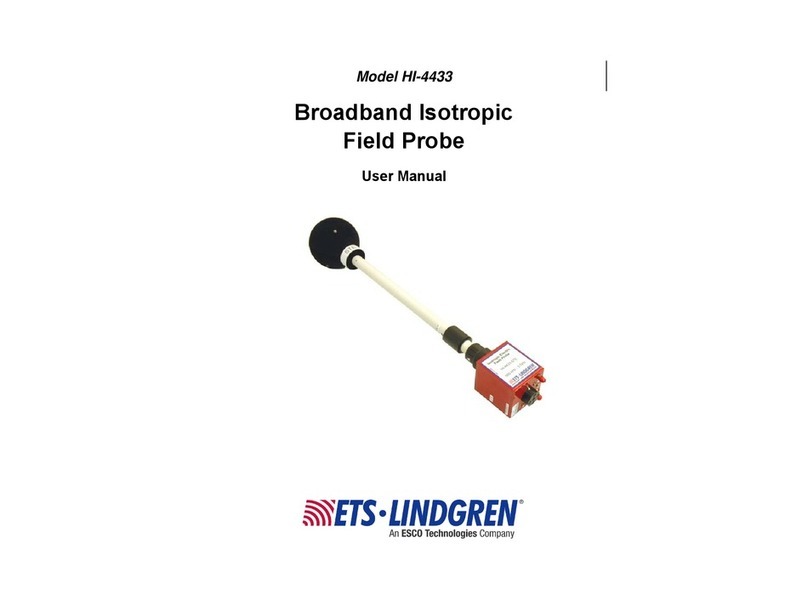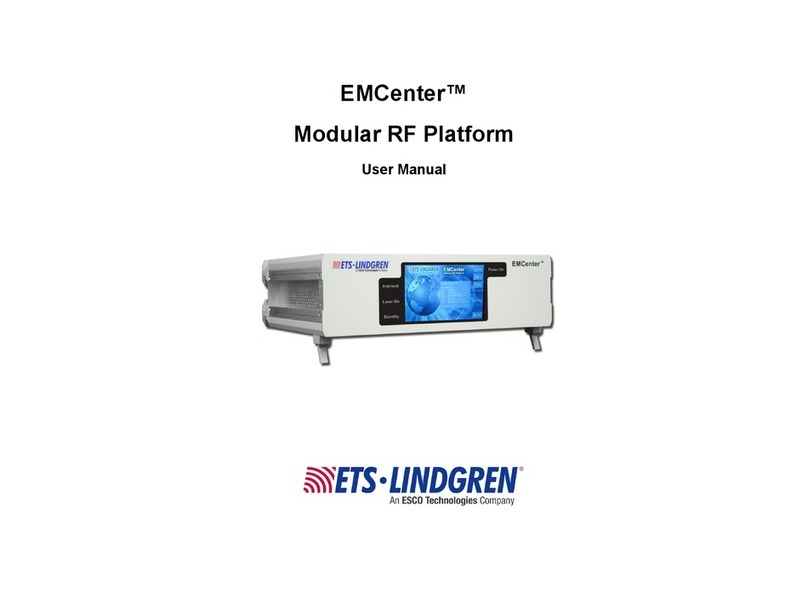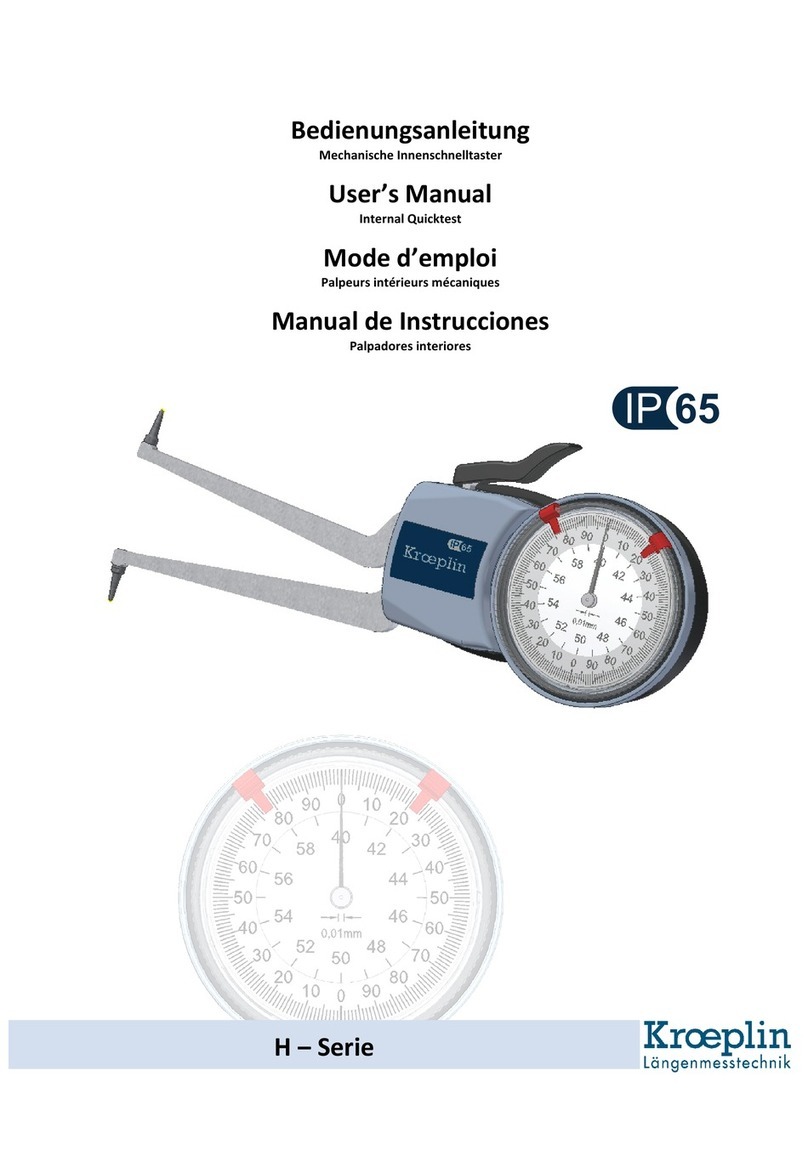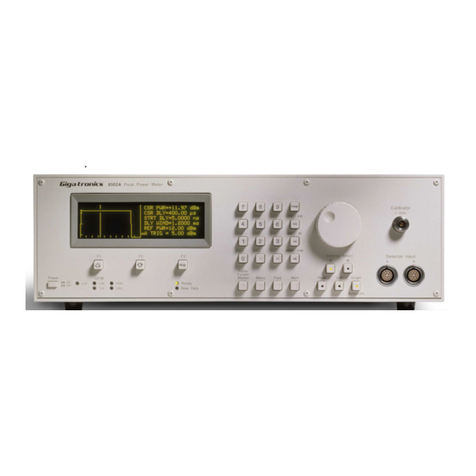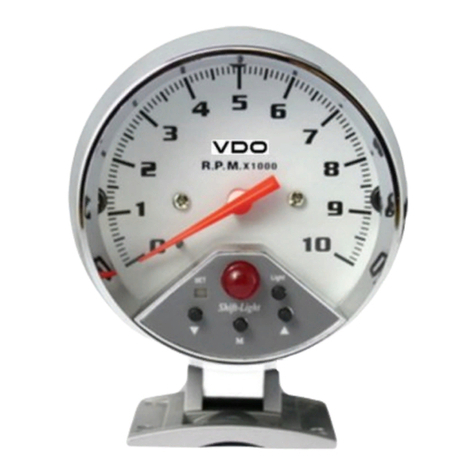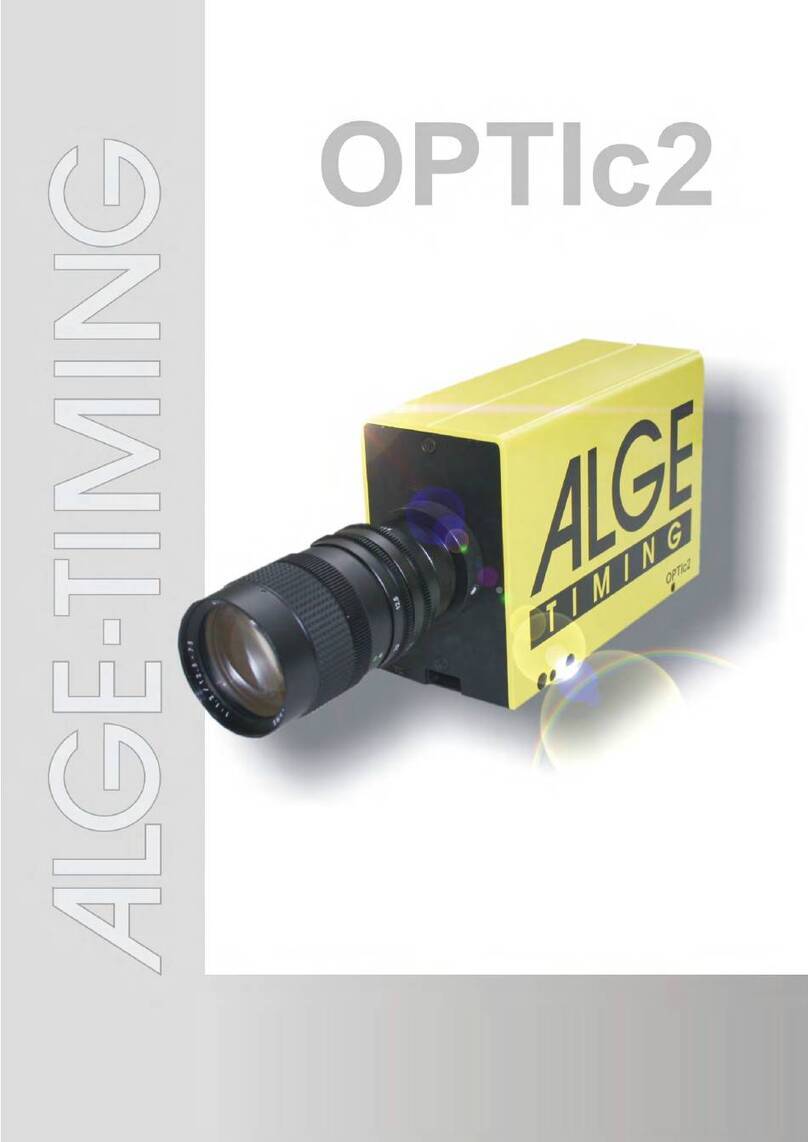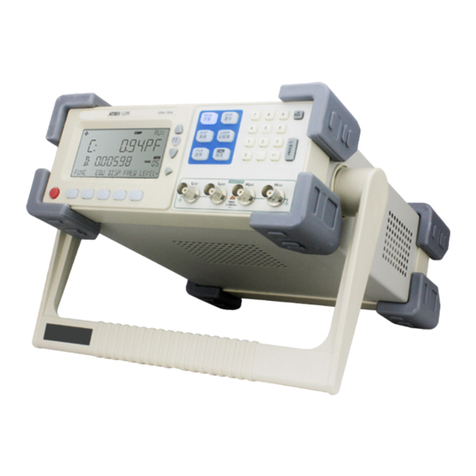ETS-Lindgren HI-3604 User manual




















Table of contents
Other ETS-Lindgren Measuring Instrument manuals

ETS-Lindgren
ETS-Lindgren HI-1501 User manual

ETS-Lindgren
ETS-Lindgren HI-1501 User manual

ETS-Lindgren
ETS-Lindgren OMS User manual

ETS-Lindgren
ETS-Lindgren HI-3638 User manual
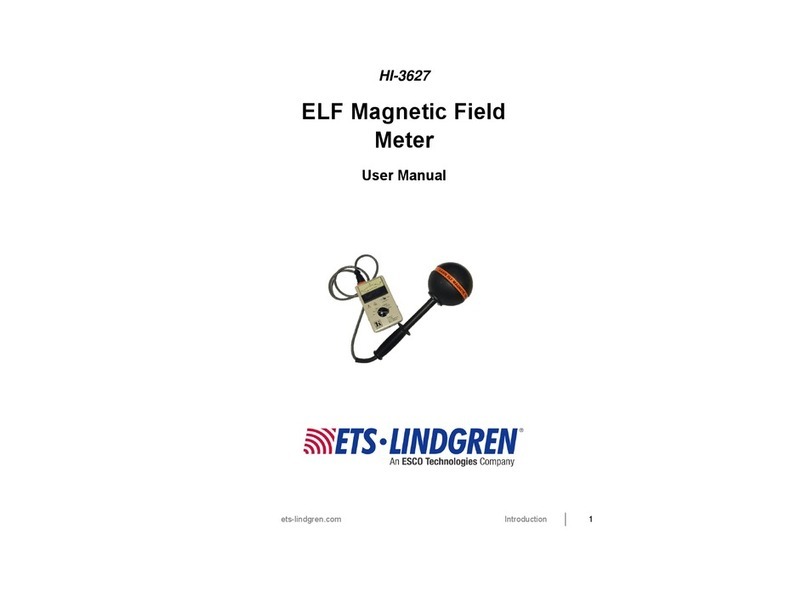
ETS-Lindgren
ETS-Lindgren HI-3627 User manual

ETS-Lindgren
ETS-Lindgren HI-2200 User manual
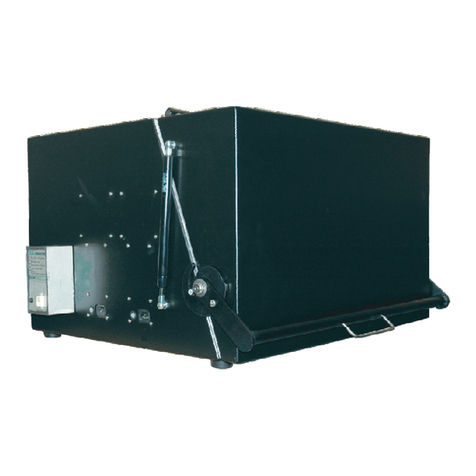
ETS-Lindgren
ETS-Lindgren 5225 Series User manual
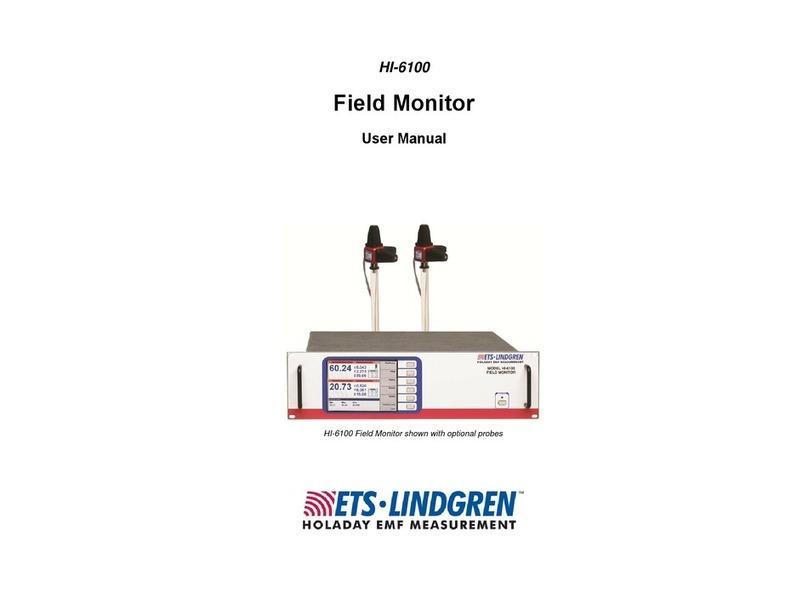
ETS-Lindgren
ETS-Lindgren HI-6100 User manual

ETS-Lindgren
ETS-Lindgren HI-1801 User manual

ETS-Lindgren
ETS-Lindgren HI-6122 User manual
Popular Measuring Instrument manuals by other brands
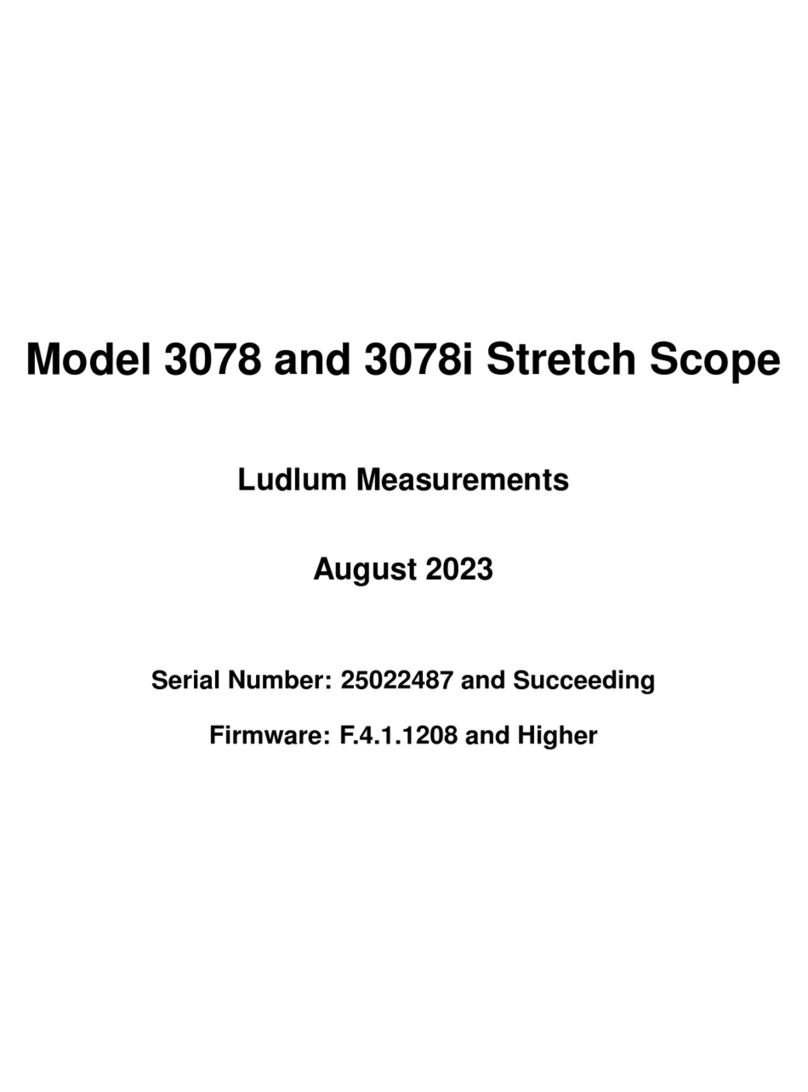
Ludlum Measurements
Ludlum Measurements 3078i manual
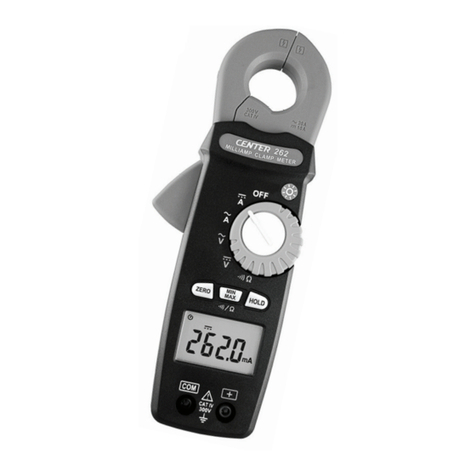
Center
Center 262 instruction manual
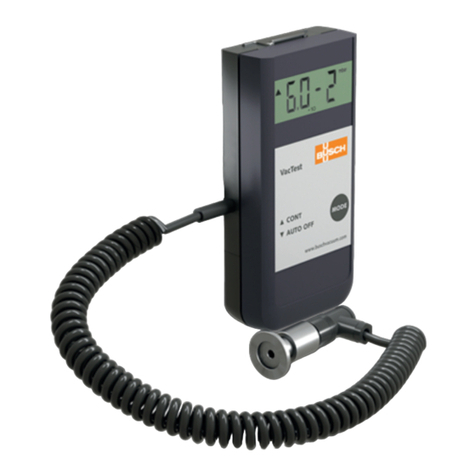
BUSCH
BUSCH VacTest instruction manual
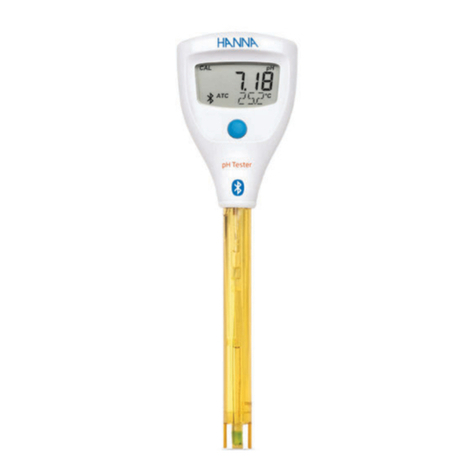
Hanna Instruments
Hanna Instruments HALO 2 HI9810422 instruction manual

Hioki
Hioki 3284 HiTester instruction manual
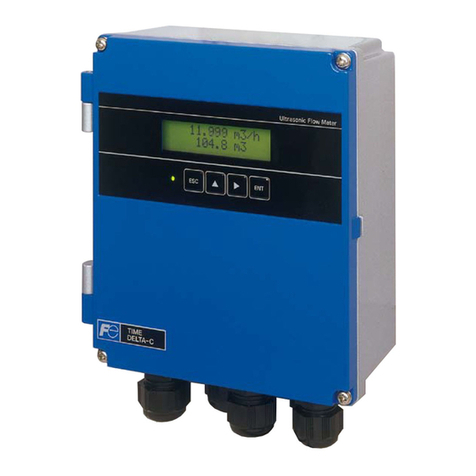
Fuji Electric
Fuji Electric Time Delta-C FSV-2 instruction manual
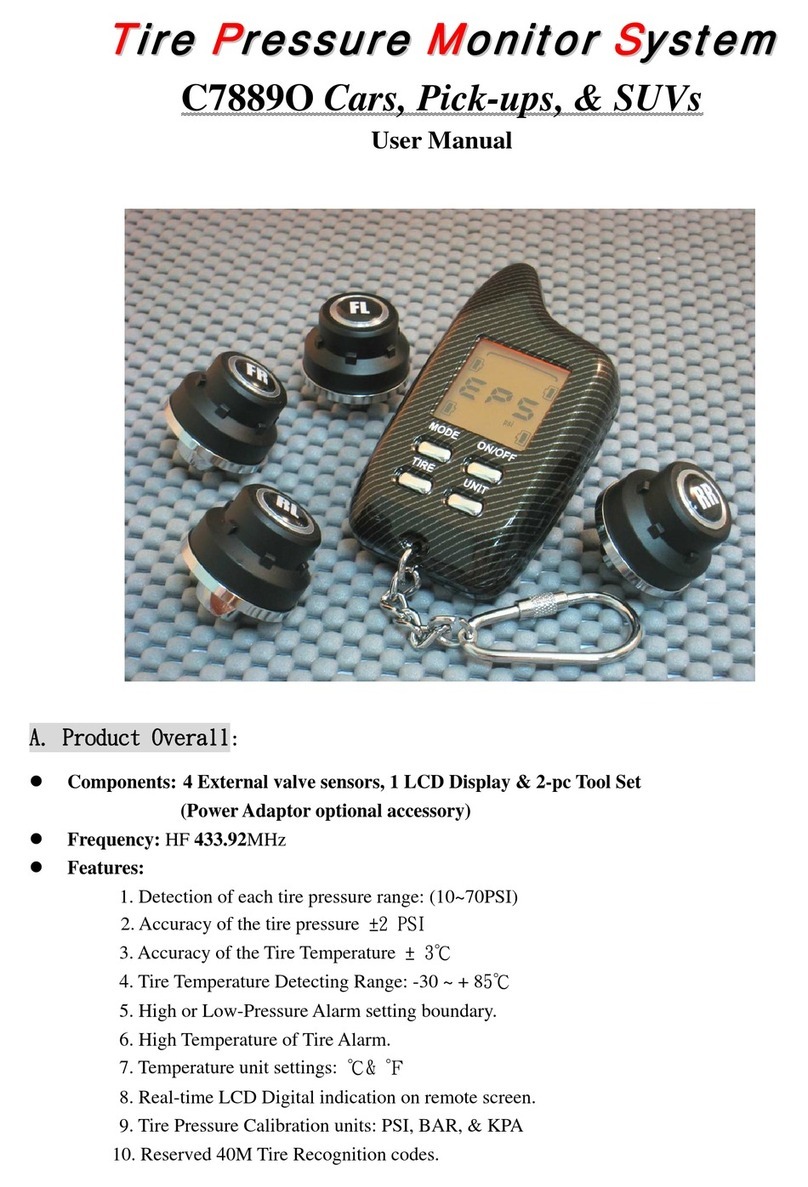
ASPIRIT ENTERPRISE
ASPIRIT ENTERPRISE C7889O user manual
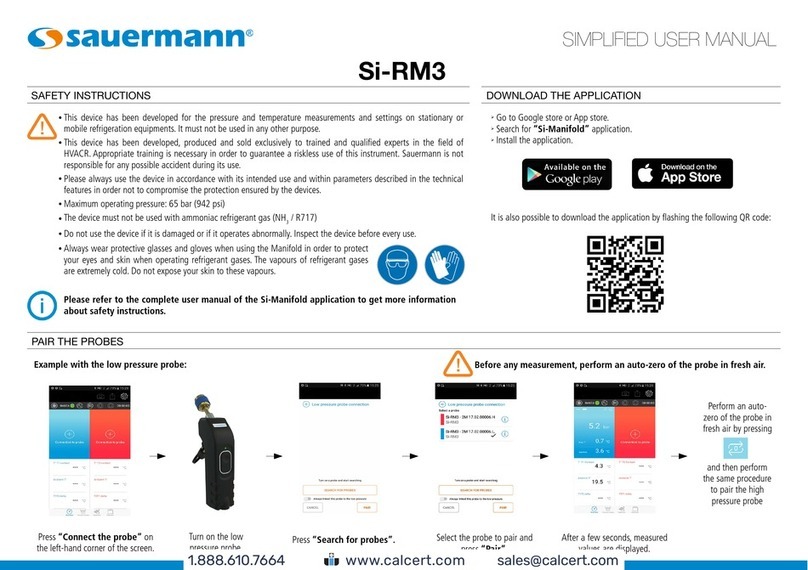
sauermann
sauermann Si-RM3V Simplified user manual

Faro
Faro FaroArm P08 user guide

Inepro
Inepro PRO2 Series Short user manual
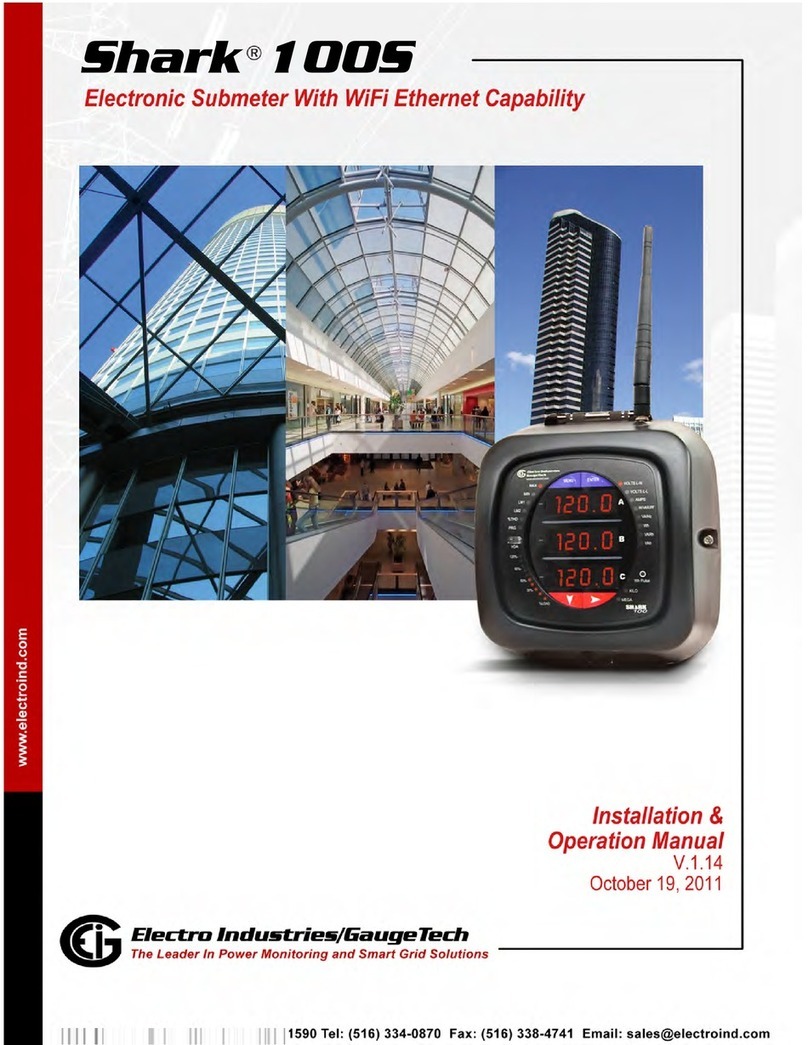
Electro Industries
Electro Industries Shark 100S Installation & operation manual
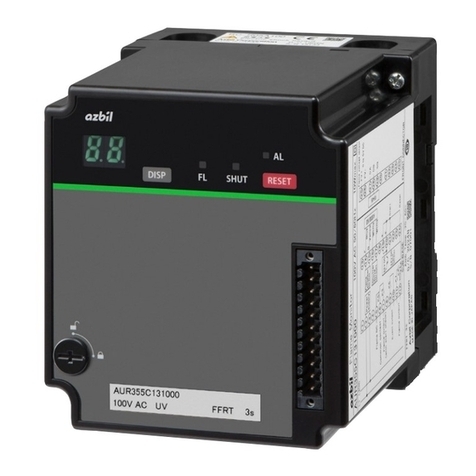
Azbil
Azbil AUR355 User's Manual for Communication Functions
